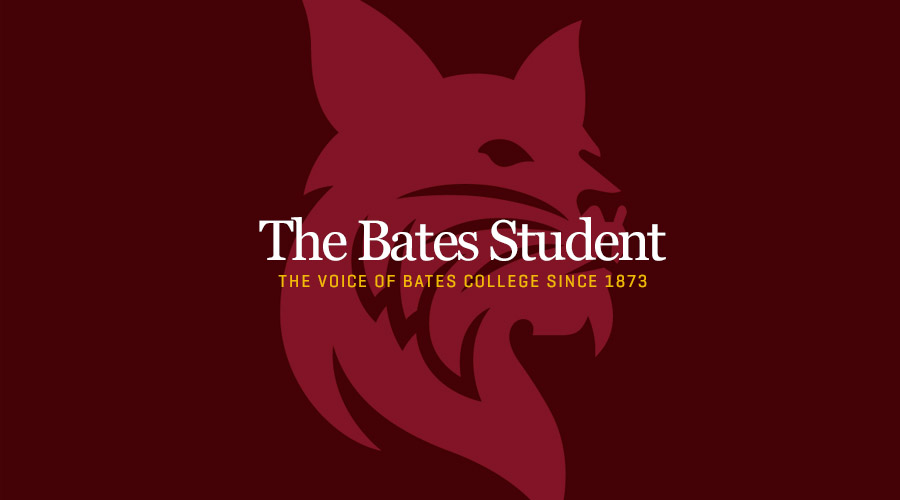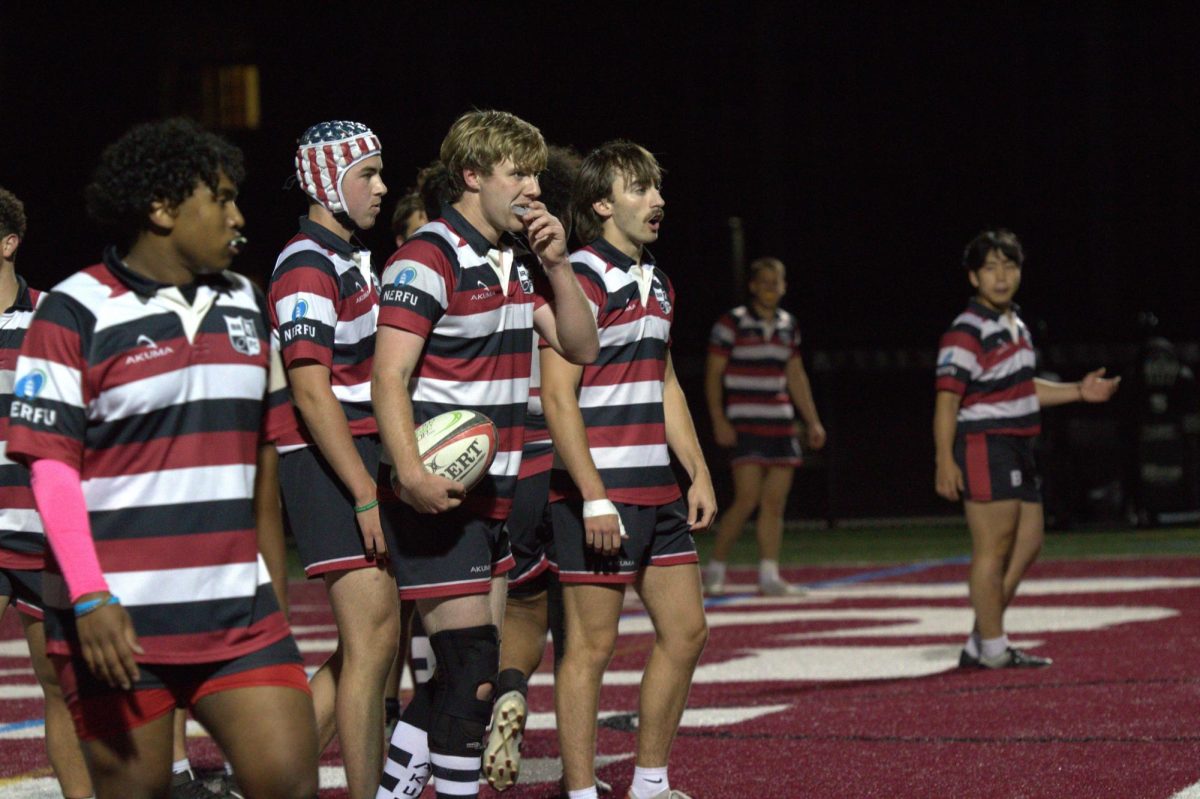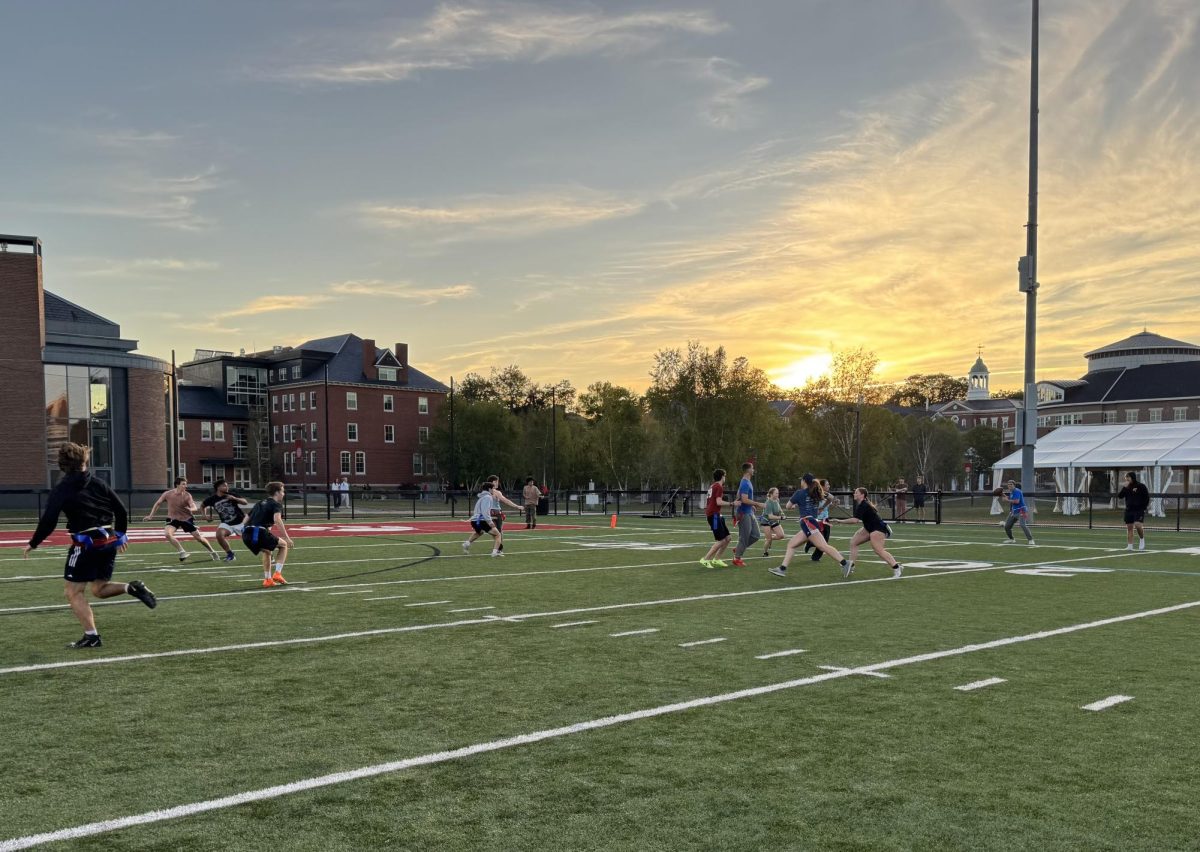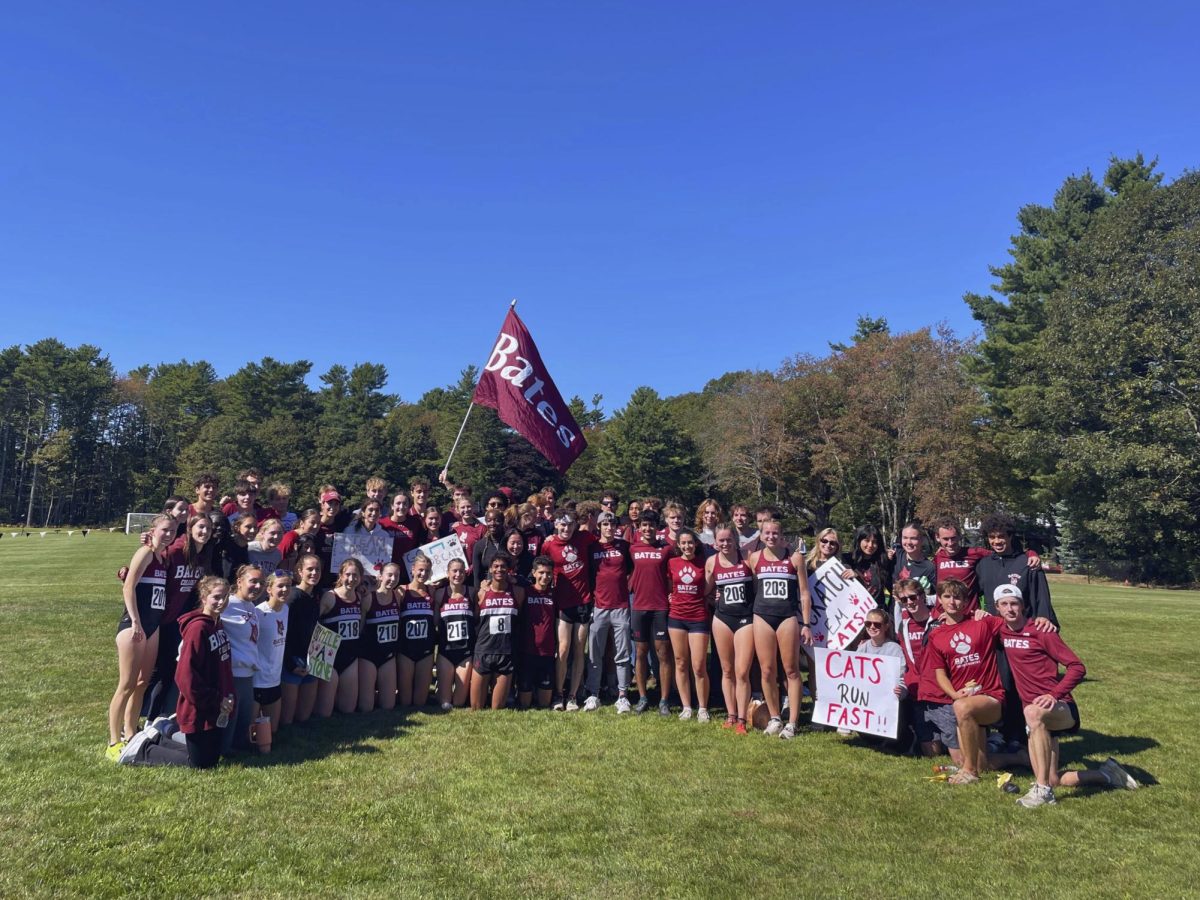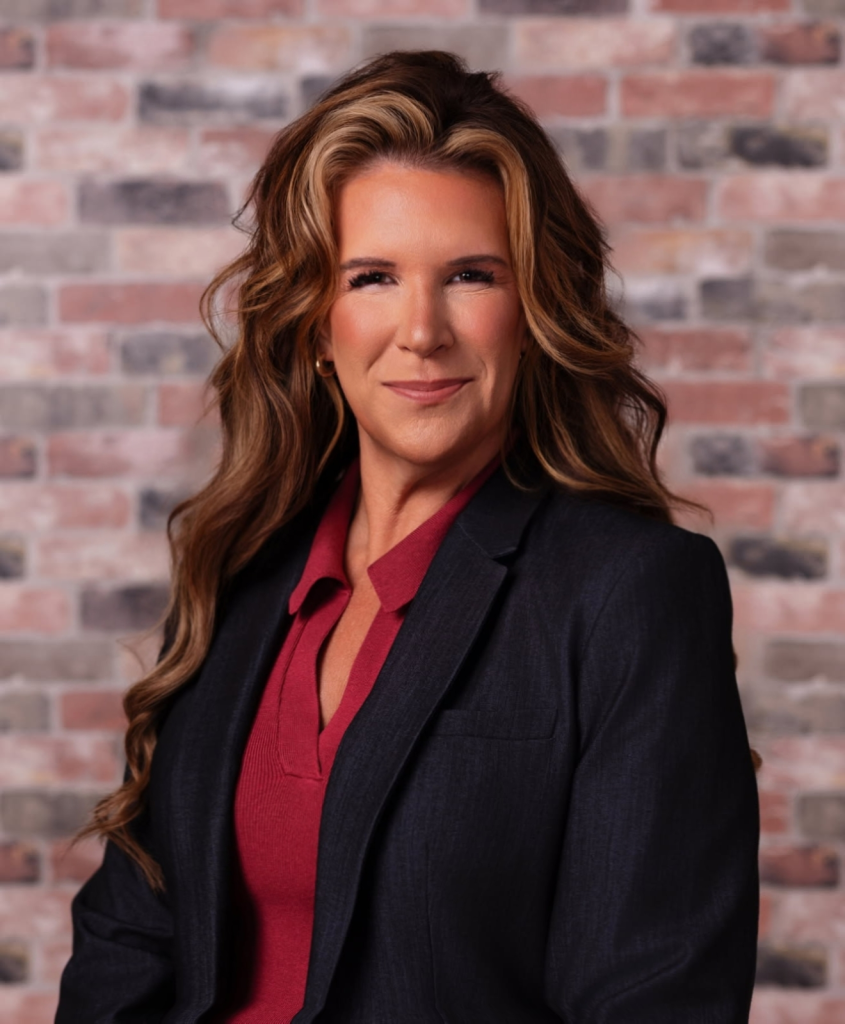On Saturday, the boys of the NHL finally laced up their skates and hit the ice once again, beginning their lockout-shortened quest for the Stanley Cup. Finally, the hockey gods answered the prayers of countless fans across the United States and Canada, and an agreement was reached to end the labor dispute between the owners and players.
This lockout marks the third stoppage in play under unpopular NHL commissioner Gary Bettman, and the second NHL work stoppage in less than ten years. The lockout officially began when the most recent Collective Bargaining Agreement expired on September 15. Due to a failure to come to an agreement on a new CBA, the owners (led by Bettman) proceeded to lock out the players, leading to nasty attempts at negotiations that lasted for months.
The main issue at hand was revenue sharing between the two sides, as the owners originally asked players to take a major cut in the league’s revenue split, dropping from 57% to 43% of total revenue. The talks between the owners and the NHL Players Union (led by Donald Fehr) could easily be described as a roller coaster ride. Throughout this drawn out process, NHL fans looked on with increasing exasperation as both sides gradually conceded on important bargaining points, while dialogue seemed to break down often.
Last season, the NHL reached its peak of popularity since the last lockout, which resulted in the cancellation of the entire 2004-2005 season. The league will have to work hard to make amends with the angry, yet loyal fanbase that follow the NHL closely, and it will have to make efforts to regain some of the fair-weather fans that it may have lost during this lockout.
Following record-breaking years in revenue intake, the league’s decision to lockout the players can only be interpreted as greedy. Because of infrastructural problems within the league, and the owners’ penchant for handing out enormous contracts, the players (who already make the least of any of the four major professional sports leagues in America) were asked to take enormous pay cuts. Granted, the players cannot be described as innocent, as they refused to move on a number of bargaining points that may have lengthened the work stoppage. However, it is clear to anyone that has followed the situation over the past few months, the owners and Commissioner Gary Bettman deserve most of the blame.
Finally, on January 6, the owners and the player’s union reached an agreement that probably could have been reached months ago, and salvaged whatever was left of the season. The main points of the new CBA, set to last ten years with an opt out after eight years, include a 50-50 split of revenue between the players and the owner, a salary cap of $64.3 million per team, and seven year term limits on contracts. The shortened NHL season began Saturday, January 19, and will feature a shortened schedule of 48 games per team. Although some NHL players opted to play in European leagues during the lockout, some players have not seen game action since last season. It will be interesting to see how much this will affect the speed and quality of the game during the first few weeks of the season.
While NHL fans certainly have a right to be angry over the events that unfolded over the last few months, they can take solace in the fact that hockey has been saved. Despite the shortened season, each fan will still have the chance to watch his or her favorite team during their quest for the Cup. Let’s just hope this is the last time the league’s greed leaves players and fans out in the cold, wondering what went wrong.


